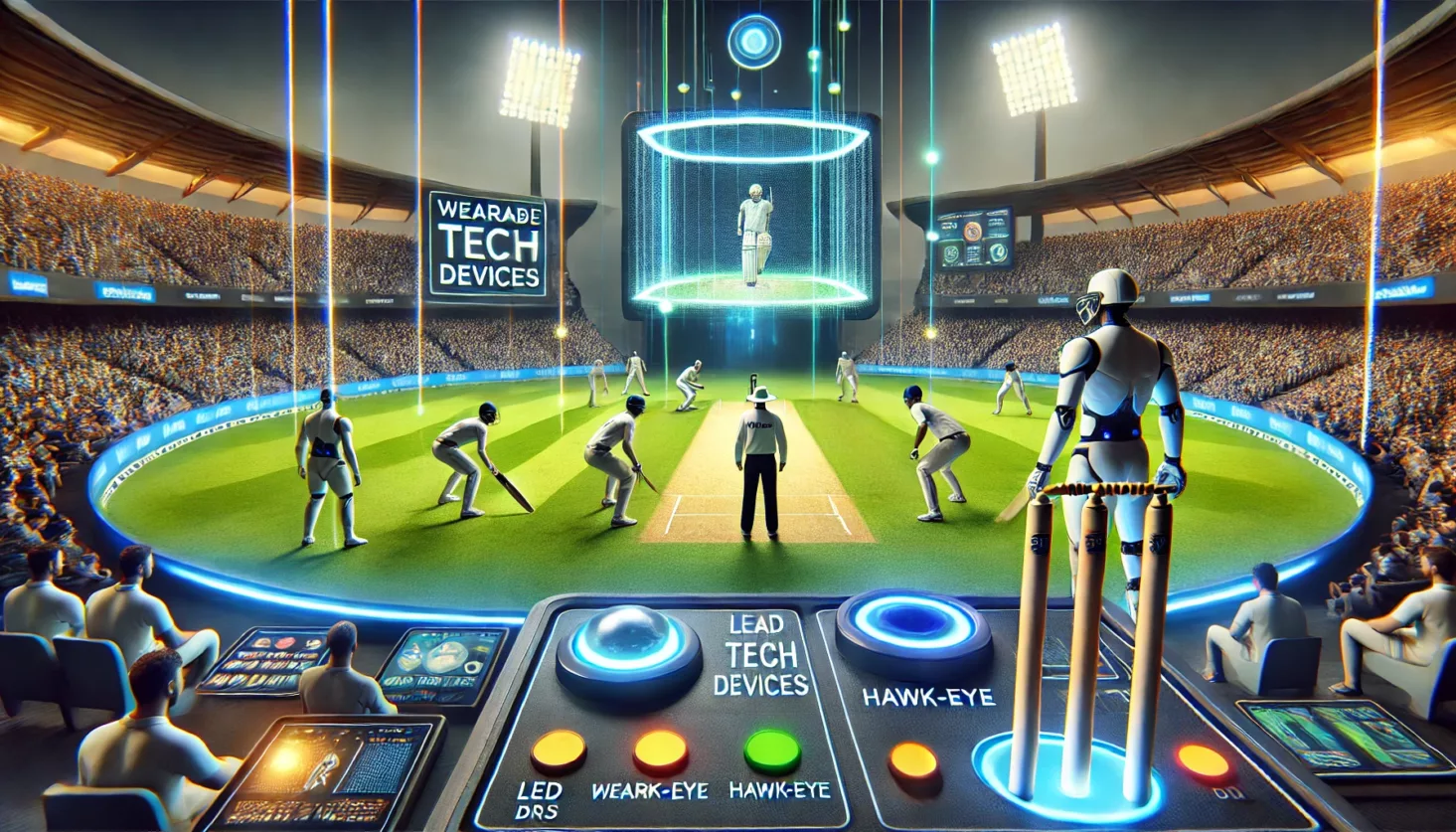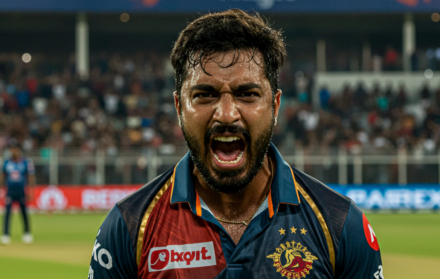
Technology In Cricket
Cricket has long been a sport grounded in tradition, but in recent years, technology has brought significant changes to the game. From enhancing umpiring accuracy to revolutionising player analysis, technology has evolved cricket in ways unimaginable a decade ago. This article explores how these advancements have shaped modern cricket, improving fairness, performance, and engagement.
The Adoption of the Decision Review System (DRS)
The Decision Review System (DRS) is one of the most groundbreaking innovations in cricket. Introduced in Test cricket in 2008, DRS allows teams to challenge on-field umpire decisions with the aid of video technology. By 2018, all Test-playing nations had embraced the system, with its first use in a major ICC tournament coming in the 2011 Cricket World Cup.
DRS incorporates tools such as Hawk-Eye, Ultra-Edge (or Snickometer), and ball-tracking technology. Hawk-Eye, introduced in 2001 for TV broadcasts and integrated into DRS in 2008, tracks ball trajectories and predicts the ball’s path post-pitch. You can read more about the DRS system.
Hawk-Eye Technology and Ball-Tracking Systems
Hawk-Eye is crucial to LBW (Leg Before Wicket) decisions. Its accuracy—within 5 millimetres—has revolutionised decision-making in cricket. By predicting the ball’s path, Hawk-Eye offers a visual representation for both umpires and viewers, ensuring fairer outcomes in critical moments.
Ball-tracking data within DRS has transformed how close LBW decisions are made. For example, decisions reviewed using Hawk-Eye data reduce human error and help uphold the integrity of the game.
For further details, check out Hawk-Eye technology.
Hot Spot and Snickometer
Snickometer, introduced in the 1990s, detects edges by analysing sound waves. In 2013, the Real-Time Snickometerwas introduced, improving the ability to detect faint edges. Similarly, Hot Spot, which uses infrared imaging to determine the point of impact, was first used in 2006.
Both of these technologies work in conjunction with DRS, helping to resolve whether a player has edged the ball or if an appeal is baseless.
Read more about Hot Spot technology in cricket.
LED Stumps and Bails
Introduced in the 2013 Big Bash League, LED stumps and bails have since become a staple in international and T20 matches. These LED-embedded stumps light up the moment they are disturbed, aiding umpires in quickly determining run-outs and stumpings.
Though costing around £30,000 per set, LED stumps provide both a functional and visual upgrade to the game. Their widespread use in major cricket tournaments enhances accuracy and adds to the entertainment factor.
Wearable Technology
Wearable technology, such as GPS trackers and heart rate monitors, has become indispensable in modern cricket. By 2020, over 90% of professional teams were using wearables to track fitness, stamina, and player movement. This data helps coaches fine-tune training regimens and predict injury risks.
For example, the data points collected per player per match increased from about 100 in 2010 to over 1,000 by 2020. Wearables provide real-time feedback that assists in performance optimisation and injury prevention.
Big Data and Analytics in Cricket
Big data analytics is now a crucial component of cricket strategy. Teams use extensive data to evaluate player performance, predict opposition tactics, and shape game strategies. By 2020, teams collected over 25GB of data per match, compared to just 1GB in 2005.
This data-driven approach is particularly noticeable in limited-overs cricket, where ball-by-ball analysis can alter game plans and impact match outcomes. Advanced algorithms help teams make informed decisions about field placement, bowling changes, and batting orders.
Video Analysis Software
Video analysis has become ubiquitous in professional cricket. By 2015, 100% of international teams had adopted video analysis software, a significant increase from 50% in 2005. These tools allow coaches to break down footage in real-time, offering players immediate feedback on their techniques.
Real-time analysis of bowling actions, batting styles, and fielding techniques enhances player performance and assists in making quick adjustments during matches.
For more on video analysis in sports.
Smart Balls and AI in Cricket
The future of cricket lies in smart balls and artificial intelligence (AI). Smart balls, embedded with sensors, can measure speed, spin, and seam movement, providing real-time data for bowlers and analysts. AI, meanwhile, is starting to influence match predictions, player fatigue assessments, and performance evaluations based on historical data.
The use of AI in cricket will only grow, helping to predict match outcomes and refine player performance even further. Discover how AI is changing cricket.
Broadcasting and Fan Engagement Technologies
Technology has also transformed how fans experience cricket. Virtual reality (VR) and augmented reality (AR) are increasingly being incorporated into stadiums, giving fans immersive match experiences. Live broadcasts now come with real-time ball-tracking, detailed stats, and player performance analysis, creating a more interactive viewing experience.
Fans can also engage via interactive apps, participate in fantasy leagues, and follow real-time updates, all of which make the game more inclusive and engaging.
Read more about how technology enhances fan engagement.
Conclusion
Technology in cricket has made the sport more precise, exciting, and accessible. From Hawk-Eye and DRS to smart balls and AI, the integration of technology into cricket is shaping the way the game is played, officiated, and experienced by fans. As new advancements continue to emerge, cricket will only evolve further, creating a fine balance between tradition and innovation.
By embracing these technologies, cricket has successfully maintained its core while adopting tools that ensure fairness, improve performance, and enhance viewer enjoyment.





